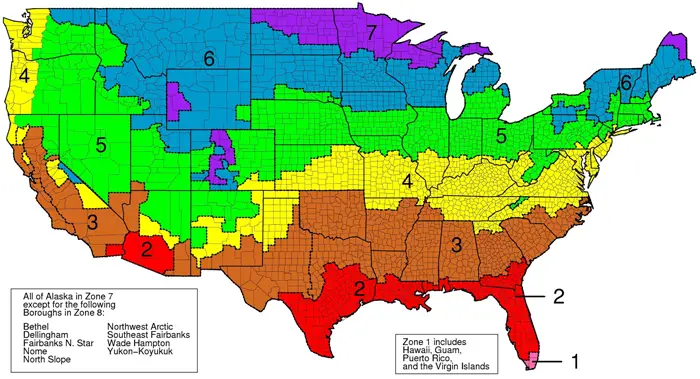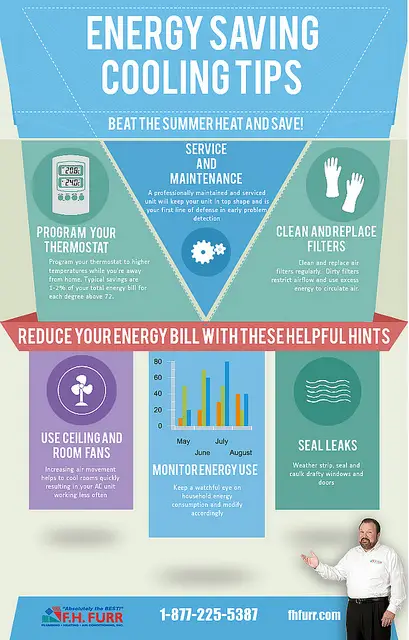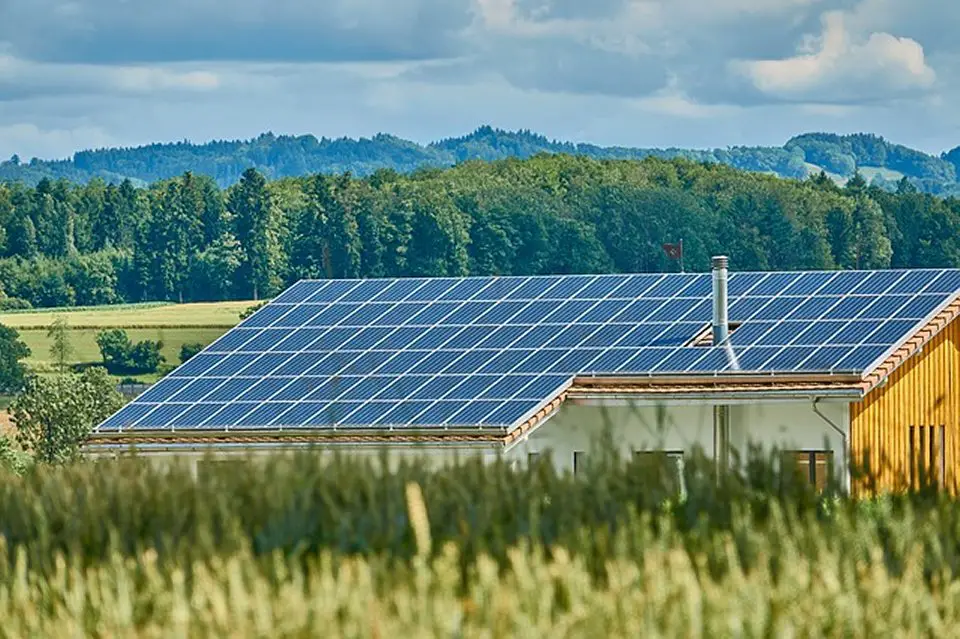Table of Contents
*This post may contain affiliate links. As an Amazon Associate we earn from qualifying purchases.
The increasing awareness of the impact of climate change has changed the perspectives of many homeowners. With a growing desire to decrease carbon footprints, the next trend in home renovations is sure to be a movement toward energy efficiency. This trend will affect home values. Therefore, many new home builders are going green to make their homes more desirable as well as lowering costs to maintain.
Homeowners looking to increase the value of their home should include energy efficiency as part of any home upgrades under consideration. Home buyers in the United States are still looking for more square footage than they did in the previous generation. As a result, there are rising concerns about the impact all this extra space will make on utility budgets and the environment.
Energy Efficiency Definition
The U.S. Department of Energy (DOE) has developed a Home Energy Score program to help define energy efficiency in homes. It’s based on the home’s construction, as well as its heating, cooling, and hot water systems. Also, the DOE also sponsors programs and publishes guides to help homeowners increase their energy efficiency. This includes step-by-step guides for performing a DIY home energy audit to a calculator that tells homeowners how many kWs their appliances use over the course of a year. The Department of Energy website provides hundreds of tips on increasing home energy efficiency.
The EPA ENERGY STAR Program
The U.S. Environmental Protection Agency (EPA) sponsors the ENERGY STAR rating program to reduce carbon emissions and save on energy costs. This program helps homeowners and other consumers quickly evaluate and choose energy-efficient products. The program rates various home construction products and appliances to help homeowners choose wisely.
For appliances, the ENERGY STAR rating shows which products use less electricity when compared with other products of the same type. The ENERGY STAR rating also applies to some construction materials, such as windows, doors, roofing products, and insulation.
Commercial home builders also apply for the ENERGY STAR rating for the new houses they build. This rating means they’re 15 to 30 percent more efficient than other new homes of the same size.
Although the ENERGY STAR rating for any home appliance is on the product sticker, homeowners looking to increase the energy efficiency of their home can reference the ENERGY STAR website to expedite the shopping process.
What Makes a Home Energy Efficient
The Department of Energy lists several levels of home energy efficiency that considers a number of variables. Additional, it provides guidance on ultra-energy efficient homes that also use sustainable energy sources like solar power. This generated energy is integrated with efficiency upgrades to come as close to zero energy use as possible.
The department recommends a whole-house systems approach that takes the following areas into consideration:
- Appliances and home electronics
- Insulation and air sealing
- Lighting and daylight
- Space heating and cooling
- Water heater
- Windows, doors, and skylights.
Some methods for even further Energy Efficiency include:
- Advance House Framing, which uses building materials in a more efficient manner to reduce lumber waste and spare forests.
- Cool Roofing, which leverages reflective materials for reflecting lighting to keep homes cooler in hot weather climates.
- Passive Solar Home Design, which that uses site conditions to increase fuel use efficiency.
- Efficient earth-sheltered Homes that are built underground to reduce heat and cooling leakage, using earth or a berm to insulate.
- DIY Energy Conservation Methods
For many homeowners, such measures can be out of reach, financially. However, there are many projects that homeowners can complete themselves that will increase the energy efficiency of their homes.
Performing a Home Energy Audit
First of all is completing an energy audit to identify areas for saving money and fuel use. Although this inspection might be best performed by a professional, a savvy homeowner can assess energy usage with the right tools. In addition, often homeowners can take advantage of audit programs from their local utility companies available at no cost or for a very small fee. Contact your local electric company for more information.
If you choose to perform your own audit, the ENERGY STAR program offers a “Home Energy Yardstick” tool.
The Columbia River PUD in Oregon has a Home Energy Audit guide online that’s free to use.
Some areas for examination in your audit will include:
- Air leakage
- Heating, Cooling, and ventilation equipment
- Lighting
- Appliances
- Electronics
Air Leakage
When conditioned (heated or cooled) air leaks from under doors or windows, you waste energy. Furthermore, many older homes were designed to include leakage as part of outdoor air intake to provide ventilation. Most noteworthy, however, is that modern homes and HVAC systems control leakage and outdoor intake more efficiently. Improved technology in HVAC systems means improved air quality and cooling without passive outdoor air intake.
As a result, homeowners should seek and identify leaks through the home and seal where necessary.
- Caulk and weather-strip doors and windows.
- Caulk and seal at plumbing pipes, ducts, and electrical wiring.
- Install foam gaskets to seal outlets and switch plates.
- Check and replace damaged or molded insulation.
- Install storm windows over single-pane windows
- Apply foam sealant to large gaps around windows and baseboards.
- Install sealing gaskets on thresholds.
Insulation
Check your insulation’s effectiveness requirements depending on your region. Insulation grading is based on its R-value. This means its “resistance” to conductive heat flow. R-factor varies according to the type and thickness of insulation use. Consequently, different regions with varying climates require different R-factors for home insulation.
Insulation is available in a wide variety of materials, from blown-in fiberglass and cellulose to reflective materials. Blown in insulation is easy to add to an existing home. Therefore it’s very popular in most areas of the United States. Reflective foils on rigid foam boards — radiant barriers — reflect heat from the interior of the home. As a result, adding radiant barriers is a popular method in hot climates, such as the South and Southwestern U.S.

Heating, Cooling and Ventilating systems
To increase energy efficiency in your home, examine your HVAC system for possible improvements. Most of all, simple thermostat upgrades that allow homeowners to program heating and cooling improve energy efficiency. Homeowners can reduce HVAC use during the night or when the home is unoccupied, therefore saving up to 10 percent of their energy costs. Check your ductwork for leaks. Repair joints between ducts and insulate, especially when duct lengths run through unconditioned spaces.

Water Heating
According to the Department of Energy, water heating can account for up to 18 percent of your home energy use. Therefore, homeowners should assess the energy efficiency of their water heating systems in order to know best where changes are needed. That is because insulating hot water pipes and your water heater can reduce energy use. Additionally, timers can control the hours of the day the heater runs so that water is only heated during times when required. Furthermore, reducing the temperature setting not only prevents burns, it can also reduce the cost of heating water.
Homeowners interested in reducing their carbon footprint and utility costs should first consider performing a home energy audit to identify problem areas. Because of green living and low-cost maintenance becoming an important trend in home buying, owners should also seriously consider making upgrades and repairs that will increase the value of their homes to protect their investment.

